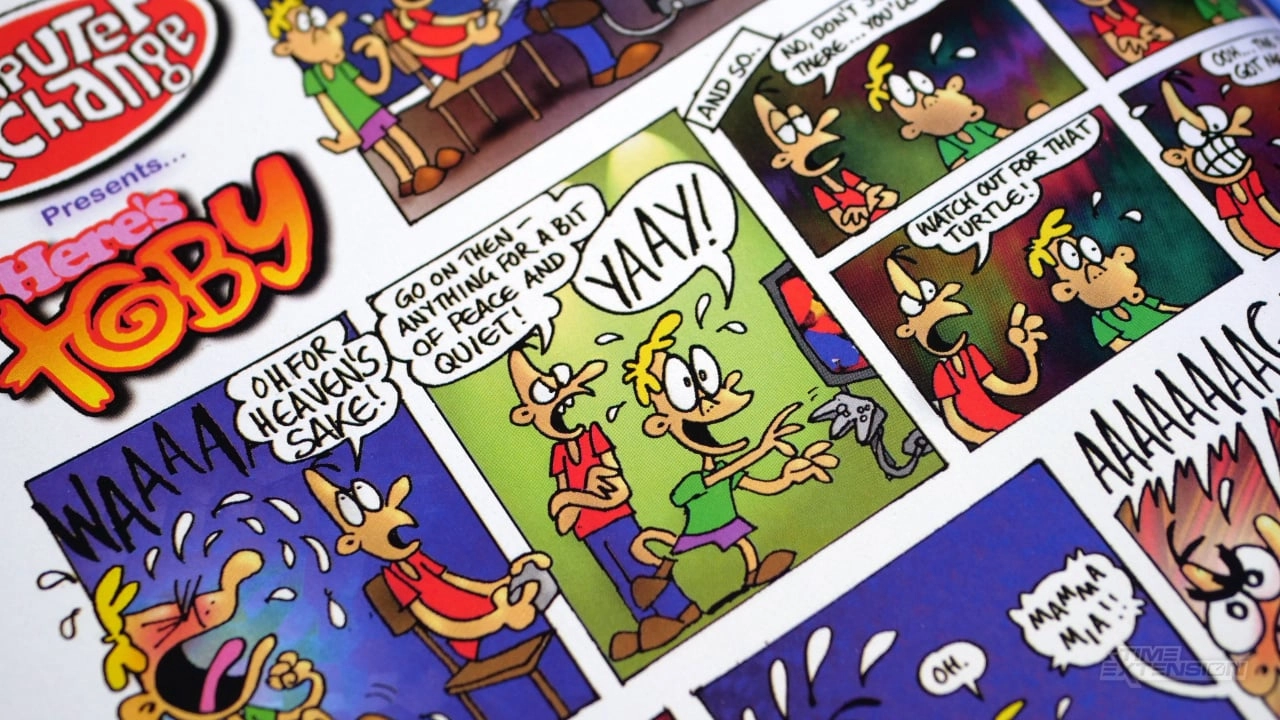
In the panorama of success stories, the intertwining tales of a second-hand retailer named CeX and an English creative named Charlie Brooker are particularly intriguing. With a history stretching back to the 1990s, CeX, or The Computer Exchange, as it was then known, was taking its first steps in an industry that would soon boom, while Charlie Brooker was paving his way to becoming an influential cultural figure.
CeX began as a small store located near London's Tottenham Court Road, a hub bustling with the latest electronics and technology. The shop primarily focused on the sales of pre-owned games, tech, and movies, carving out a space within the competitive industry. Unbeknownst to many at the time, this modest storefront would eventually proliferate into an empire with over 380 branches spread across the UK and international waters reaching Mexico, India, and Australia.
Meanwhile, Charlie Brooker, who would later become famous for creating the critically acclaimed TV series "Black Mirror," was venturing through the world of media as a cartoonist. His artistic skills landed him a place in Music and Video Exchange in Notting Hill Gate, where he crossed paths with one of the co-founders of CeX. When his cartooning talents were discovered, Brooker was asked to create comic strip adverts for the retailer. These strips featured a character named Toby, who, through humorous antics and slapstick, helped promote CeX stores.
Brooker’s “Here's Toby” comics were not just a source of advertising for CeX; they inadvertently served as a stepping stone for his career. The comics were regularly featured in gaming magazines like EDGE, fostering a relationship with the world of games journalism. It was his exposure in PC Zone, situated around the corner from his workplace, that led to his foray into writing for the magazine.
The quirky advertisements were a hit, filling pages with their cheeky humor and serving as a testament to Brooker’s creative capabilities. As he began contributing to PC Zone, Brooker’s ability to craft engaging narratives and sharp critique became evident, distinguishing him as a writer in the gaming community. The same wit and observational skills that colored his comic strips would come to define much of his later work.
Beyond the pages of magazines, Brooker’s career gradually skyrocketed. He later authored several books, wrote for television shows like "Dead Set" and "The 11 O'Clock Show," and presented the satirical review programs "Screenwipe" and "Gameswipe" for the BBC. But it was with "Black Mirror" that Brooker struck a chord with a global audience, swirling together social commentary and dystopian fiction into stories that pondered the darker side of technology and human nature—themes subtly present even in his early comic endeavors.
Looking back, those who knew of Brooker’s work in the ’90s could see glimmers of his signature style: a blend of dark humor, satire, and a touch of the prophetic—elements he would later master in "Black Mirror." The CeX adverts containing Toby's wild experiences reflect the playfulness and subversive edge that Brooker is now celebrated for.
What these retro advertisements represent is more than a humorously rebellious streak; they encapsulate an era and an important phase in a journey towards something far greater. The nostalgic charm of these times, combined with the progression of both CeX as a retail juggernaut and Brooker as a cultural heavyweight, illustrates the unpredictable trajectories career paths can take.
Celebrated today for his groundbreaking television and revered by fans around the world, Charlie Brooker’s early impact on the UK’s video game culture and his subsequent elevation to fame serve as a unique narrative of talent, timing, and transition from humble beginnings. And as CeX continues to thrive as a destination for entertainment enthusiasts, the legacy of its early advertising efforts remains a fascinating footnote in the history of both the retailer and the man who once penned its comic strips.
You must be logged in to post a comment!